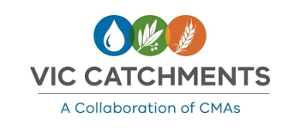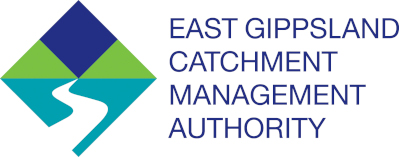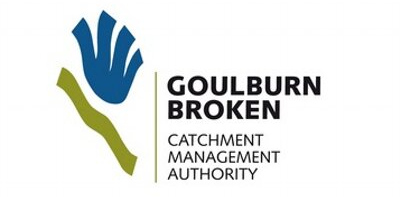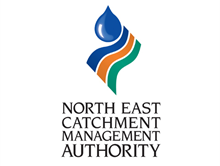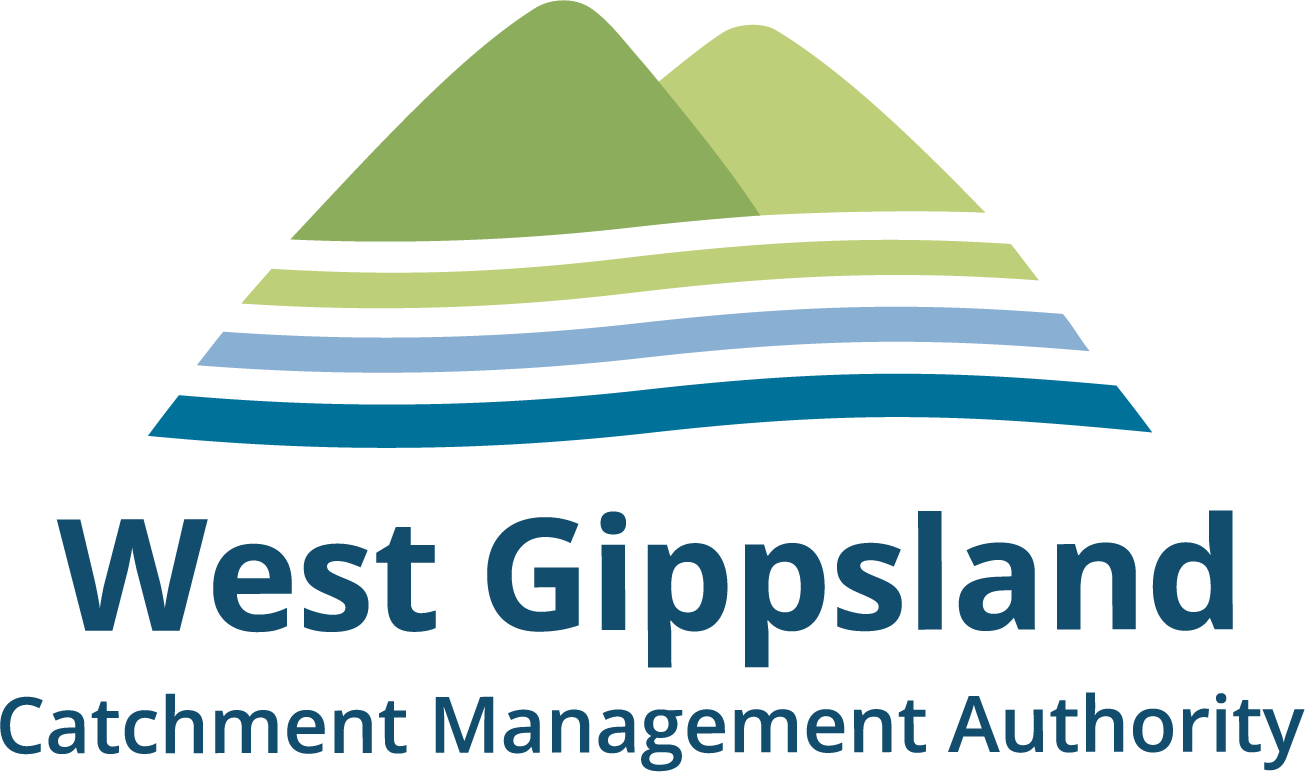On-ground Stewardship in the Greater Grampians region
LOCATION
Upper catchments of Wannon and Hopkins Rivers ~620,000 hectares
TRADITIONAL OWNERS
Wadawurrung and Eastern Marr
OUTPUTS (3 YEARS)
- 680 hectares of Dryland Agricultural Practice Change (8 farms)
- 146 hectares Flora assessment (20 wetlands)
- 7956 hectares Fauna Surveys (167 wetlands)
- 4 Management Agreements (114 hectares of Seasonal Herbaceous Wetlands)
- 4 Landcare Group Strategies (380,000 hectares)
- Nearly 2,000 participants in engagement events
INVESTMENT (3 YEARS)
DEECA EC5 Our Catchments, Our Communities- $1.35M
PARTNERS
Beyond Bolac Catchment Action Group, Upper Hopkins Land Management Group, Upper Mount Emu Landcare Network, Southern Grampians Landcare Network, Eastern Maar Aboriginal Corporation, Wadawurrung Traditional Owners Aboriginal Corporation
The Greater Grampians region is a productive agricultural landscape with grazing and high rainfall zone cropping. It is also a landscape of over 2,500 wetlands. The extent of the region’s wetlands has declined by around 50% since European settlement, and will further decline without intervention and adoption of more sustainable agricultural practices.
This project focused on strategic partnerships to improve catchment health and climate resilience through activities that supported wetland cultural knowledge, health and connectivity in the Greater Grampians landscape.
The project built on the legacy of the previous EC4 Our Catchments our Communities project, by supporting Landcare groups and Traditional Owners to lead and deliver this work to manage and protect wetlands.
Listening, walking and talking on Country with Eastern Maar Aboriginal Corporation (EMAC) and Wadawurrung Traditional Owner Aboriginal Corporation (WTOAC) is a highlight, building on relationships and increasing landholder understanding and awareness of cultural heritage. Cultural Heritage induction activities demystified and increased participant knowledge of what to do if they find potential culturally significant artefacts.
Engagement between the two Aboriginal Corporations, the CMA and Landcare groups has helped identify activities to support Country Plans for both Traditional Owner groups. Three Landcare groups secured funding to develop or review their strategies, covering around 310,000 square kilometres and incorporate priorities from local Country Plans and the Regional Catchment Strategies. A partnerships officer was employed at EMAC support by Glenelg Hopkins and Corangamite CMAs.
Integrated catchment management was core to the project success, taking a multifaceted approach to improving agricultural sustainability and wetland knowledge and management.
A Precision Agriculture on-farm trial project demonstrated it’s possible to improve crop yield while also protecting natural assets, like wetlands. The project was a collaboration between several Landcare groups, managed by Beyond Bolac Catchment Action Group and a Ballarat agronomy company. Four farms participated, with 566 hectares of soil sampling, management plans and agricultural practice change.
A Precision Ag Community Field Day attracted significant interest from local land managers and agronomists. A natural capital consultancy completed a cost benefit and economic analysis of seasonal wetlands in agriculture in the Greater Grampians region presenting results at the field day showing that incentives are an important tool for preventing cropping in wetlands.
Swamp Stewardship Expression of Interests resulted in 146 hectares of wetlands flora being surveyed across nine farms. Four farms, totalling 114 hectares, entered into eight-year agreements to protect seven EPBC listed Seasonal Herbaceous Wetlands. A trial hydrological restoration on one 62 hectare wetland added an additional 13 hectares, providing additional breeding time for birds, frogs and flora. 166 wetlands (7,956 hectares) were surveyed for Australasian Bitterns and frogs.
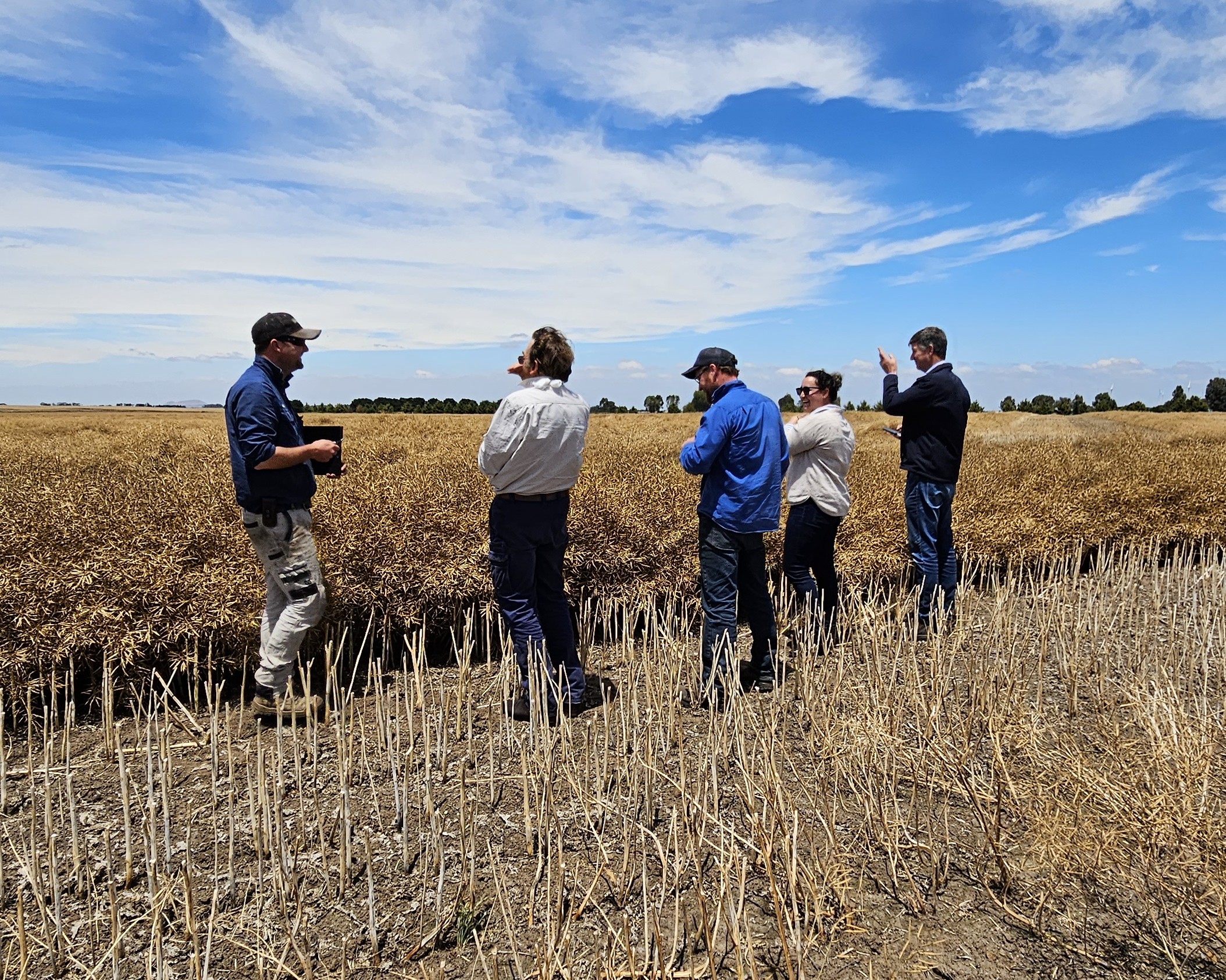
On site discussion with farmers Nathan and Josh Blomeley, Tim Hill (BBCAG Chair), and Meera Cameron and Geoff Ross (both Precision Ag) about their on-farm precision agriculture trial at Nerrin Nerrin.
.
